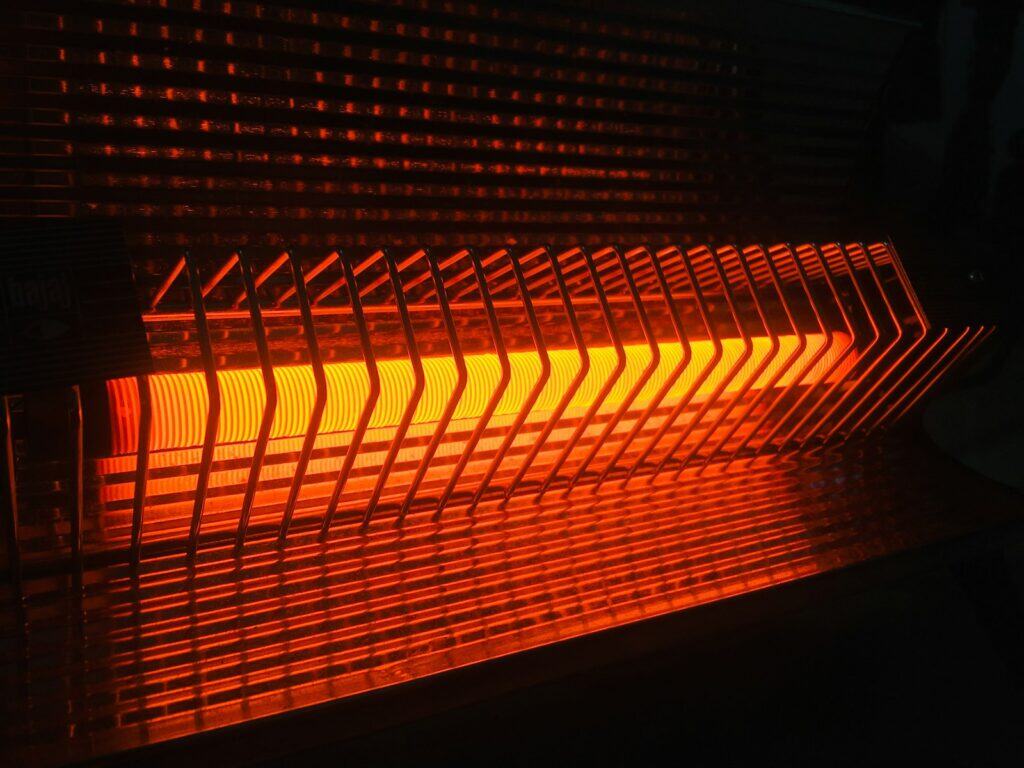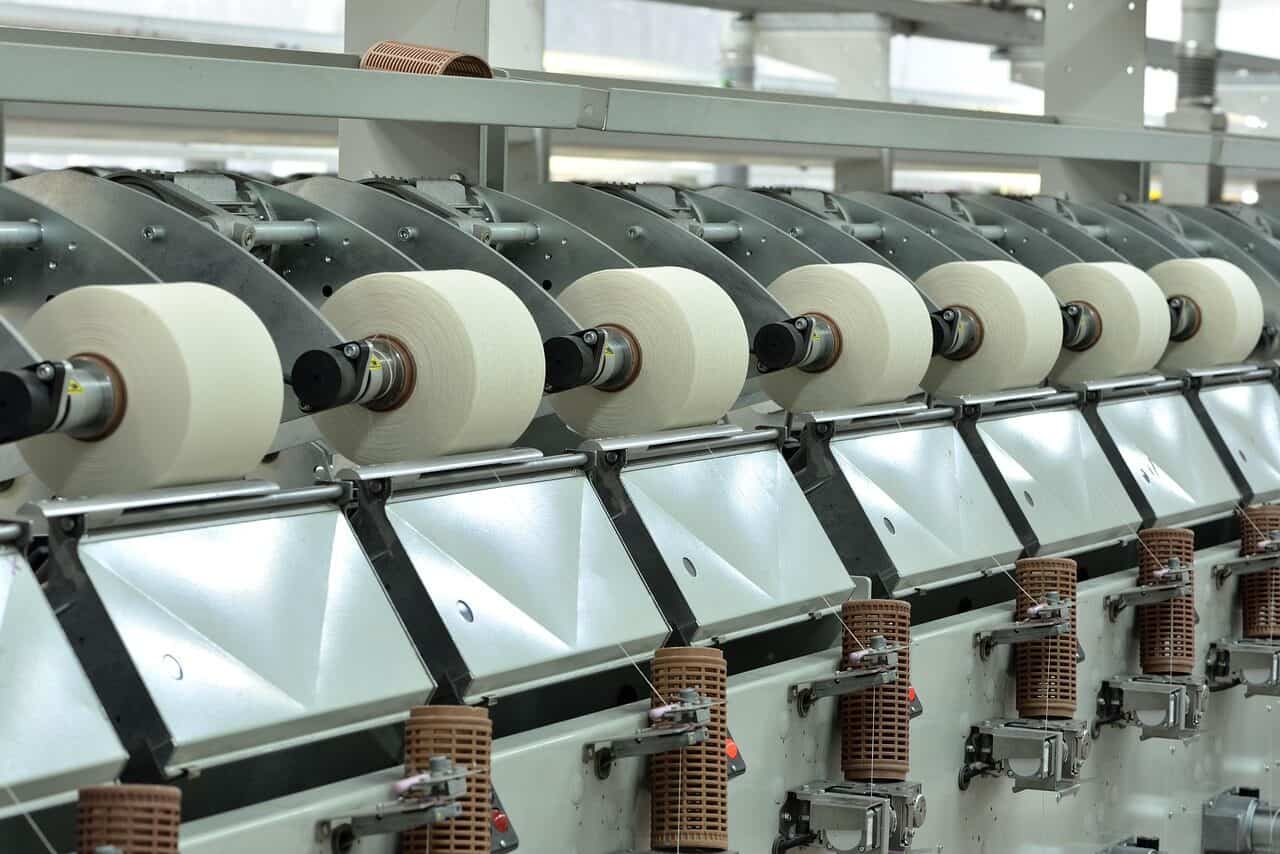دليل المهندس للختم الحراري في تغليف الحلوى: تحليل فني
الختم الحراري هو أكثر من مجرد تطبيق الحرارة والضغط على الأغشية البلاستيكية. في إنتاج الحلوى، إنه عملية يتم التحكم فيها بدقة متجذرة في فيزياء البوليمرات والديناميكا الحرارية وعلوم المواد. الهدف هو إنشاء أختام محكمة الإغلاق ومنصهرة جزيئياً التي تحمي النضارة وتضمن السلامة وتحافظ على جاذبية المنتج.
يوفر هذا الدليل الإطار التقني العميق لمهندسي التعبئة والتغليفوعلماء الأغذية ومحترفي الجودة. نقوم بتقسيم ختم الحلوى بالحرارة إلى المبادئ الأساسيةتمكين اختيار المواد، وتحسين المعالجة، واستكشاف الأخطاء وإصلاحها على خطوط الإنتاج.
من الالتصاق إلى الاندماج الجزيئي في تغليف الحلوى
الختم الحراري في لفائف الحلوى ليس التصاقًا على مستوى السطح. فهو ينطوي على تداخل سلسلة البوليمر على المستوى الجزيئي. يؤدي فهم هذه العملية إلى تحويل الختم من فن "الصندوق الأسود" إلى العلوم الهندسية التي يمكن التنبؤ بها.
ما الذي يغطيه هذا الدليل:
الفيزياء: انتقال الحرارة ومبادئ الديناميكا الحرارية.
علم المواد: خصائص البوليمر التي تتيح قابلية الإغلاق بالحرارة.
ثالوث العملية: درجة الحرارة، والضغط، ووقت السكون.
مقارنة التكنولوجيا: القضيب الساخن والحث والموجات فوق الصوتية وإغلاق الهواء الساخن.
استكشاف الأخطاء وإصلاحها والعيوب تحليل خطوط الحلوى.
الفيزياء الأساسية
نقل الحرارة في عبوات الحلوى
التوصيل هو أكثر طرق نقل الطاقة شيوعًا في ختم حرارة الحلوى. فكوك أو قضبان ساخنة طبقات الغشاء الملامس مباشرة، مما ينقل الطاقة إلى المادة المانعة للتسرب.
تشمل الطرق الأخرى ما يلي:
مانع تسرب الهواء الساخن:: نقل الحرارة بالحمل الحراري عبر نفاثات الهواء الساخن.
الاستقراء:: المجالات الكهرومغناطيسية طبقات الرقائق الموصلة للحرارة داخل أغلفة الحلوى.
ختم بالموجات فوق الصوتية:: تولد الاهتزازات عالية التردد حرارة احتكاكية موضعية.
لا يزال التوصيل هو معيار الصناعة لـ مرنة تغليف الحلوى بسبب الموثوقية والبساطة

مبادئ الديناميكا الحرارية
هناك درجتا حرارة تحكمان سلوك البوليمر:
درجة حرارة الانتقال الزجاجي (Tg): النقطة التي تكتسب فيها سلاسل البوليمر غير المتبلورة القدرة على الحركة.
درجة حرارة الانصهار (Tm): النقطة حيث مناطق بلورية تذوب في حالة لزجة..
بالنسبة لأغلفة الحلوى، يجب أن تتجاوز واجهة مانع التسرب Tg أو الاقتراب من Tm للسماح بحركة سلسلة البوليمر والانتشار البيني.
الرقصة الجزيئية
في درجة الحرارة المحيطة، تكون سلاسل البوليمر ثابتة. عند تسخينها:
السلاسل فك اللف والتحرك في الواجهة
سلاسل من الطبقات المتقابلة ما بين منتشرتشكيل التشابكات.
عند التبريد، السلاسل الانغلاق في بنية متماسكة ومتجانسةمما يؤدي إلى إحكام غلق محكم وقوي.
في البوليمرات شبه البلورية، تعمل إعادة التبلور على تقوية الرابطة بشكل أكبر، مما يضمن نضارة الحلوى وثباتها على الرف.
علم المواد لأفلام الحلوى
ما الذي يجعل الفيلم قابل للغلق بالحرارة؟
يجب أن يكون الغشاء القابل للغلق بالحرارة بلاستيك حراريتلين عند تسخينها وتتصلب عند التبريد. المواد الصلبة الحرارية واللدائن غير مناسبة.
البوليمرات الشائعة القابلة للغلق بالحرارة في تغليف الحلوى
| البوليمر | درجة حرارة الختم (درجة مئوية) | قوة الختم | الوضوح | مفتاح استخدام الحلوى |
|---|---|---|---|---|
| البولي إثيلين منخفض الكثافة LDPE | 105-150 | جيد | جيد | أكياس الحلوى العامة والأغلفة المرنة |
| LLDPE | 115-160 | ممتاز | جيد | خطوط عالية السرعة، مطلوب مسمار ساخن |
| ص | 160-210 | جيد | ممتاز | أكياس الحلوى الممتازة والأغلفة الصلبة |
| حيوان أليف | 240-260 | ضعيف (طبقة مانعة للتسرب مطلوبة) | ممتاز | الطبقة الخارجية الهيكلية لأغشية الحلوى المصفحة |
| بولي كلوريد الفينيل | 120-180 | معتدل | ممتاز | انخفاض الاستخدام؛ وأحيانًا لفات الحلوى الجديدة |
| أيونومر (سورلين®) | 90-130 | ممتاز | ممتاز | ختم حراري من خلال عبوات الشوكولاتة عالية الجودة الملوثة |
بنية الفيلم متعدد الطبقات
غالبًا ما تستخدم عبوات الحلوى أغشية مقذوفة أو مغلفة بشكل مشترك أو مغلفة لدمج الخصائص:
طبقة الطباعة: رسومات عالية الجودة.
طبقة الحاجز: EVOH أو الأغشية الممعدنة لمنع دخول الأكسجين أو الرطوبة أو الضوء.
الطبقة السائبة/القوية: نايلون أو PET لمقاومة الثقب.
طبقة ربطة العنق: روابط البوليمرات غير المتوافقة.
طبقة مانعة للتسرب: بوليمر ذو نقطة ذوبان منخفضة مثل البولي إيثيلين منخفض الكثافة أو الأيونومر لإحكام الإغلاق الحراري الأمثل.
ثالوث العملية: درجة الحرارة والضغط ووقت السكون
تعتمد جودة الختم على ثلاثة متغيرات مترابطة:
درجة الحرارة: ينشط سلسلة البوليمر التنقل. يجب البقاء داخل نافذة الختم.
الضغط يضمن التلامس الحميم ويزيل الهواء المحبوس ويعزز الانتشار البيني.
وقت المكوث: مدة تطبيق الحرارة والضغط؛ تسمح بتشابك السلسلة بالكامل.
يتطلب ضبط معلمة واحدة تغييرات تعويضية في معلمات أخرى. على سبيل المثال, سرعات خط الحلوى الأسرع تقصير وقت المكوث، مما يستلزم درجات حرارة ختم أعلى.
تقنيات الختم الحراري في خطوط الحلوى
| التكنولوجيا | المبدأ | المواد المناسبة | السرعة | التكلفة الرأسمالية | استخدام خط الحلوى |
|---|---|---|---|---|---|
| شريط ساخن / اتصال مباشر | التوصيل | معظم اللدائن الحرارية | منخفضة-متوسطة | منخفضة | ألواح الشوكولاتة والعلكة والأكياس الصغيرة |
| الاستقراء | الكهرومغناطيسية | أغطية حلوى مغلفة بالرقائق المعدنية | عالية | متوسط | أحواض الشوكولاتة المحكمة، الحلوى الفاخرة |
| الموجات فوق الصوتية | حرارة الاحتكاك | اللدائن الحرارية الصلبة/شبه الصلبة | عالية جداً | عالية | عبوات بلاستر، صواني الشوكولاتة |
| هواء ساخن | الحمل الحراري | معظم اللدائن الحرارية | متوسط-عالي | متوسط | أكياس حلوى متعددة الطبقات وأشكال محددة |
سلامة الختم واستكشاف الأعطال وإصلاحها
تعريف الختم الجيد
القوة: يقاس باختبارات التقشير (ASTM F88).
النسك غير منفذة للهواء أو الرطوبة أو الميكروبات (ASTM F1140، F1929).
قابلية التقشير: تحكم في سهولة الفتح للمستهلكين.
الجماليات: أختام نظيفة وموحدة وخالية من التجاعيد.
العيوب الشائعة في عبوات الحلوى
| العيب | سبب العملية | السبب المادي | الحلول |
|---|---|---|---|
| ختم غير مكتمل/تسريبات القناة | درجة الحرارة منخفضة جدًا، فترة مكوث قصيرة، ضغط غير متساوٍ | سطح ملوث، مانع تسرب خاطئ | زيادة درجة الحرارة/التخفيف، تنظيف الفكين، تصحيح المواد |
| قشر ضعيف | عدم كفاية درجة الحرارة والضغط والسكون | البوليمرات غير المتوافقة | ضبط العملية أو استخدام مانع تسرب مناسب |
| الحرق-الاختراق/التقلص | درجة الحرارة مرتفعة جداً، ضغط زائد | بوليمر منخفض قوة الذوبان | خفض درجة الحرارة وتقليل الضغط |
| تفريغ مانع التسرب | طبقة ربطة العنق المحمومة | سوء التصفيح وعدم توافق الحبر | استخدام طبقات متوافقة، والتحكم في درجة الحرارة |
| التجاعيد / التجاعيد | شد غشاء غير متساوٍ، وفكين غير متساويين | عدم تطابق التمدد الحراري | محاذاة الفكين، وموازنة شد الفيلم |
الخاتمة: نهج المبدأ أولاً
يتطلب إتقان الختم الحراري في إنتاج الحلوى ما يلي فهم العلم الكامن وراء العملية. من خلال دمج فيزياء البوليمرات، وانتقال الحرارة، وثالوث العملياتيمكن للمهندسين
التنبؤ بأداء الختم
تقليل العيوب والهدر المادي
ضمان وجود أختام محكمة الإغلاق ومتسقة للسلامة والجودة
A نهج المبدأ أولاً يحول الختم الحراري من التخمين إلى عملية موثوقة وفعالة ومضبوطة علميًا لـ إنتاج الحلوى الحديثة.
- ASTM F88 - طريقة اختبار قوة الختم لمواد الحاجز المرن https://store.astm.org/f0088_f0088m-21.html
- معايير التعبئة والتغليف ASTM - الورق والتغليف https://store.astm.org/products-services/standards-and-publications/standards/paper-standards-and-packaging-standards.html
- مكونات الطعام والتعبئة والتغليف من إدارة الغذاء والدواء الأمريكية https://www.fda.gov/food/food-ingredients-packaging
- التعبئة والتغليف والمواد الملامسة للأغذية (FCS) https://www.fda.gov/food/food-ingredients-packaging/packaging-food-contact-substances-fcs
- مكتبة وايلي على الإنترنت - مواد الختم في عبوات الأغذية البلاستيكية المرنة https://onlinelibrary.wiley.com/doi/full/10.1002/pts.2732
- ScienceDirect - أبحاث الختم الحراري لأفلام البولي أوليفين https://www.sciencedirect.com/science/article/abs/pii/S0142941812001092
- الموارد البيولوجية - تقييم الختم الحراري في عبوات VFFS https://bioresources.cnr.ncsu.edu/resources/heat-sealing-evaluation-and-runnability-issues-of-flexible-paper-materials-in-a-vertical-form-fill-seal-packaging-machine/
- مكتبة وايلي على الإنترنت - توصيف عملية الختم الحراري https://onlinelibrary.wiley.com/doi/full/10.1002/app.53094
- معايير ISO للتعبئة والتغليف (ISO/TC 122) https://www.iso.org/committee/52040.html
- 21 CFR الجزء 211 - إرشادات تغليف المستحضرات الصيدلانية https://www.thefdagroup.com/blog/2015/01/overview-of-packaging-guidelines/







